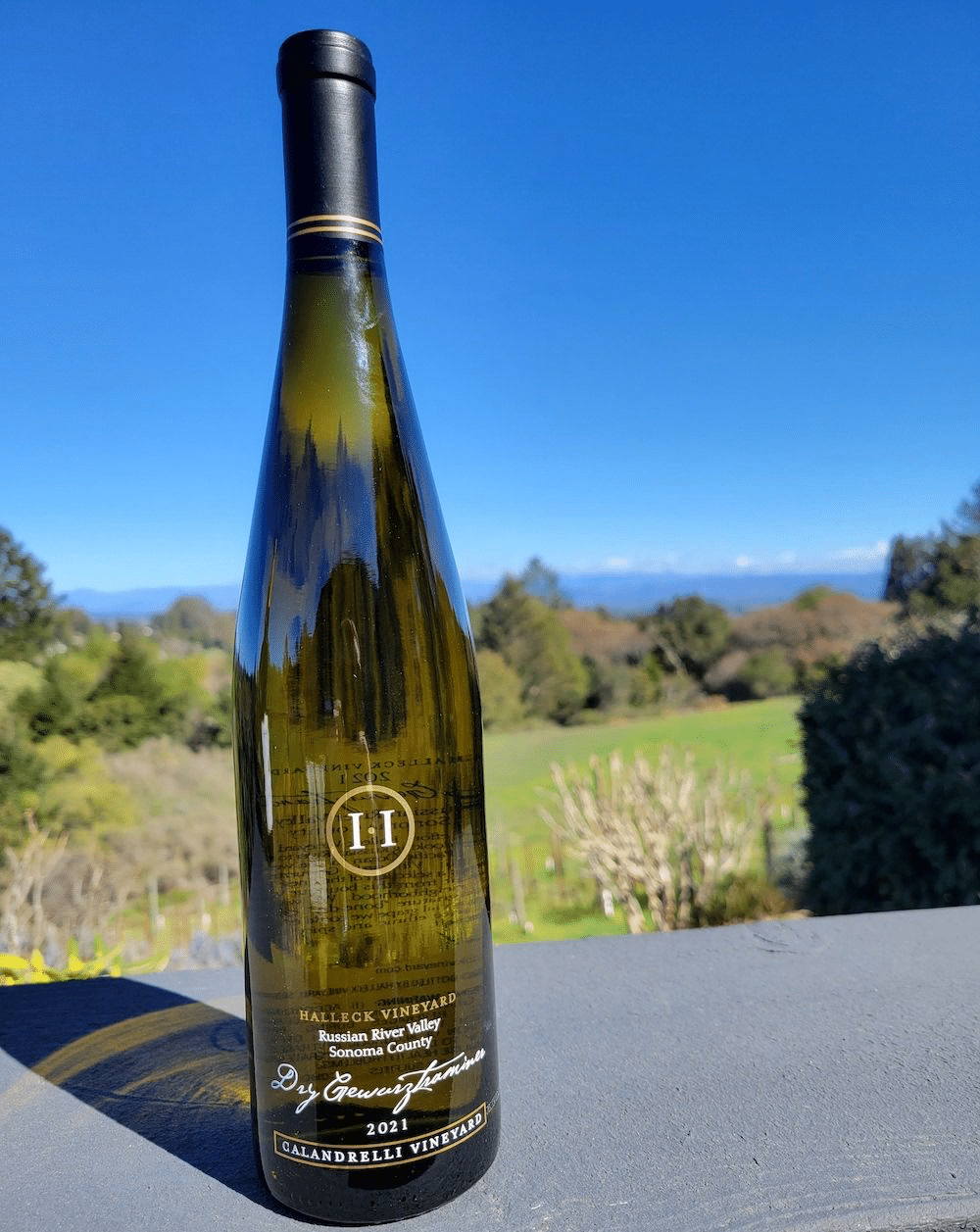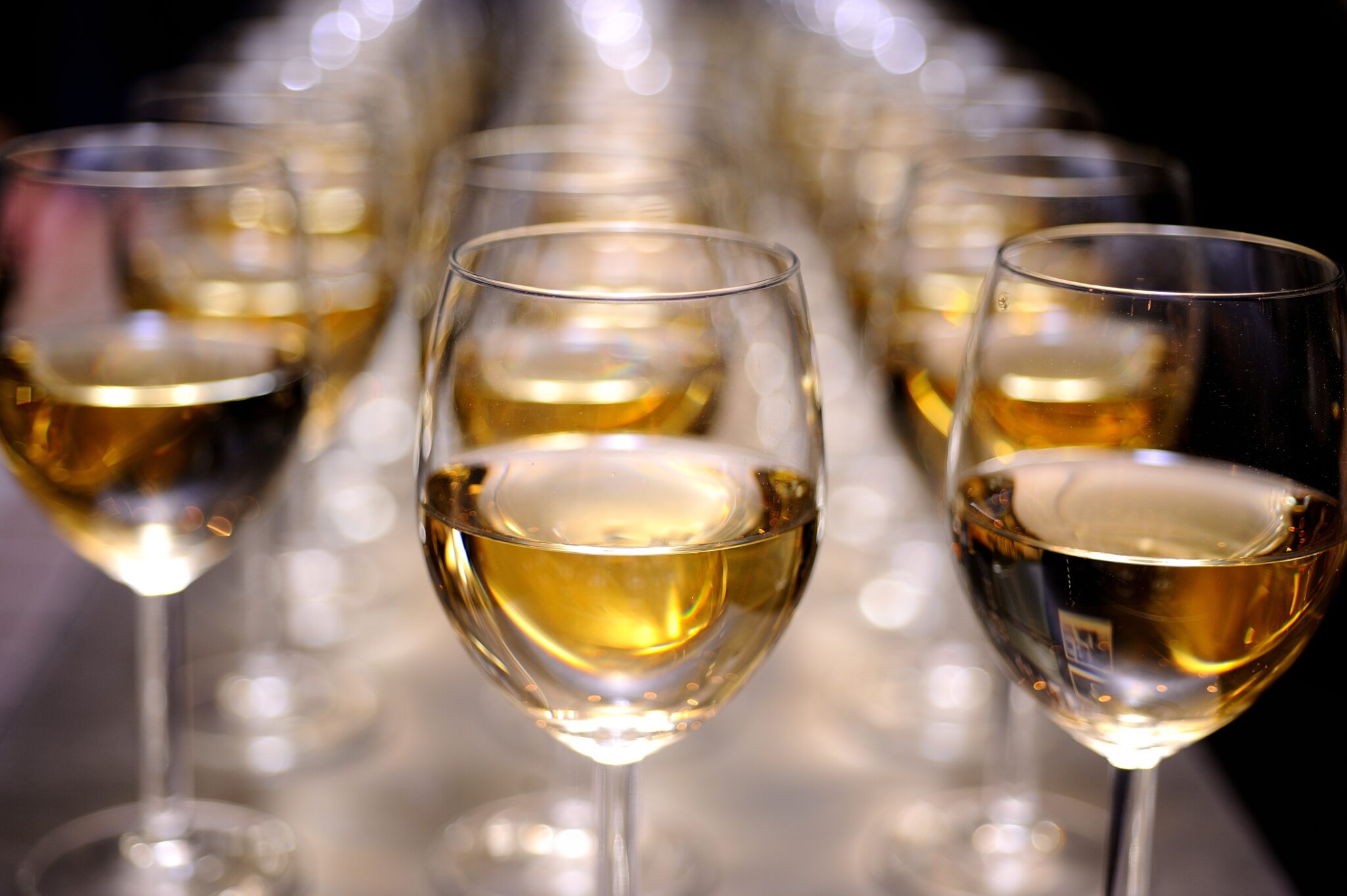Wineries With Unique Tasting Experiences - Vineyards Near Sebastopol
Wine tasting is an art that requires practice and an understanding of assorted aspects involved in the process. One crucial element of wine tasting is the development and interpretation of tasting notes, which function a guide for each novices and seasoned connoisseurs. A Guide To Understanding Winery Wine Tasting Notes can improve your wine-tasting experience, making it extra significant and gratifying.

Tasting notes are concise descriptions that seize the essence of a wine’s flavors, aromas, and general character. Normally composed by professional tasters, winery tasting notes offer insights into the nuances of varied wines. They can help wine enthusiasts understand what to anticipate from a particular bottle. However, tasting notes can differ broadly in style and detail based mostly on the writer's experience and palate.
Rustic Family-Owned Wineries In Sebastopol - Wine Tasting Experiences In Sebastopol
When you first approach a glass of wine, your senses will begin to interact right away. The sight, odor, and taste of the wine will converge to provide you an entire experience. Tasting notes generally start with the visual evaluation, where the colour of the wine is taken into account. Shade plays a major role in indicating the wine’s age, grape selection, and even its flavor profile.
After assessing the visual side, the next step entails swirling the wine in the glass. This motion aerates the wine, allowing its aromas to awaken. Smelling the wine offers critical insight into its complexity. The preliminary sniff can deliver a flood of scents that will include fruity, floral, natural, or earthy notes. This is commonly the most subjective a part of tasting, as particular person experiences can dramatically differ.
In winery tasting notes, descriptors are often categorized into major, secondary, and tertiary aromas. Primary aromas often stem from the grape selection, secondary aromas derive from fermentation processes, and tertiary aromas arise from growing older. Understanding these classes can help you respect the depth of a wine, and so they also provide the vocabulary to express your experience better.
Wineries Offering Elegant Wine Tastings - Sonoma Wine Region Vineyards
Following the olfactory encounter, your focus will shift to the style of the wine. This is where the first characteristics—sweetness, acidity, tannins, alcohol—come into play. Tasting notes typically detail these flavors in a quantity of dimensions, including the initial assault on your palate to the lingering end in your tongue. A high-quality wine will present a harmonious steadiness between these elements.
While tasting, it's essential to ponder the physique of the wine, which can be described as light, medium, or full. The physique contributes significantly to your total impression, helping you contemplate how the wine pairs with food or whether it stands alone as a sipping wine. Balancing the body with the opposite characteristics will give you a fuller understanding of what the wine has to offer.
The end of the wine, also known as the aftertaste, is another important facet often included in tasting notes. A lengthy, pleasant end usually signifies a higher quality wine, whereas a short or cloying aftertaste could recommend in any other case. Evaluating the finish can provide further perception into the wine's complexity and distinction.
Understanding the context of winery tasting notes is also useful. Tasting notes can provide contextual details about the winery's location, climate, and grape-growing practices. This context provides another layer of appreciation for the wine, permitting enthusiasts to attach the sensory experience with its origins, thus enhancing the enjoyment further.
Wineries Showcasing Local Art And Crafts - Sonoma Wine Culture
Many wineries provide tasting notes on their web sites or labels, typically written in an approachable yet informative style. However, not all winery tasting notes are created equal. Some could additionally be overly technical, while others might prioritize marketing aptitude over insightful analysis. Learning to navigate these notes can arm you with the data to make knowledgeable choices when deciding on wines.
Taking Part in tastings at wineries also can deepen your understanding of wine tasting notes. Interacting with educated employees can give you a extra hands-on strategy to exploring different wines and the language used to explain them. Wineries Offering Educational Wine Seminars. You May have the opportunity to ask questions, engage in discussions, and doubtlessly refine your palate in actual time.
Experimentation is essential for mastering wine tasting notes. As you sample completely different wines, attempt making your own notes. Focus on describing the wine’s shade, aroma, style, and finish. Over time, you’ll develop a private vocabulary that resonates together with your sensory experiences. Each note you create will assist refine your palate, allowing you to appreciate wines at a deeper stage.
Intimate Wine Tasting Experiences In Sonoma - Sonoma Vineyards For A Perfect Day Out
In conclusion, a Guide To Understanding Winery Wine Tasting Notes provides a comprehensive framework for diving into the world of wines. It equips you with the strategies and language necessary to articulate your experiences. Whether you are a casual drinker or a dedicated aficionado, understanding and utilizing tasting notes can profoundly impact your wine journey. This knowledge not only enhances your enjoyment but also connects you deeply with the rich narratives every bottle tells. By embracing this journey, you turn into a part of the attractive mosaic of wine tradition, the place each sip unveils a model new story ready to be found.
- Wine tasting notes usually embody a variety of sensory descriptions, together with aroma, flavor, acidity, physique, and finish, allowing tasters to completely recognize the wine's traits.
- To improve your understanding, familiarize yourself with common wine terminology such as "tannins," "oakiness," or "terroir," which can help decipher the notes more successfully.
- A systematic approach to tasting entails first visually assessing the wine's color and clarity, followed by swirling to release aromas, then inhaling and describing what you experience.
- Taking notes during tasting can help identify patterns over time, bettering your palate and making it simpler to recall preferences for future choices.
- Do Not overlook the influence of food pairings; tasting notes can differ greatly when a wine is enjoyed with complementary flavors, altering notion and enjoyment.
- Pay consideration to the wine’s vintage, as weather conditions in a given yr can considerably have an result on the ultimate product, adding another layer to the tasting notes.
- Contemplate the winemaker's style and philosophy, which might form the wine's profile and impact how its notes evolve with every sip.
- Working Towards with totally different grape varieties can broaden your vocabulary; each kind brings distinctive characteristics that can improve your capability to articulate tasting notes effectively.
- Engaging with wine professionals or attending tasting events can present priceless insights, offering a richer context for understanding personal tasting notes.
- Remember that tasting is subjective; particular person preferences and experiences will shape one’s Find Out More interpretation of the identical wine, enriching the overall enjoyment of wine exploration.
What are wine tasting notes?
Wine tasting notes are descriptive feedback made by tasters concerning the look, aroma, taste, and finish of a wine. They present an overview of the wine's traits and can help shoppers understand the style and quality of the wine.
Innovative Wine-Making Techniques In Sonoma Valley - The Charm Of Sonoma Wineries
Why are tasting notes essential when selecting wine?
Tasting notes can guide you in selecting a wine that fits your palate. They provide insights into flavors and aromas, serving to you to match wines with food or occasions. Understanding these notes enhances your general wine experience.
How should I read wine tasting notes?
(Wineries Providing Guided Vineyard Walks)
Wineries Showcasing Local Art And Crafts - Sonoma Wine Culture
When reading wine tasting notes, take note of the structure: look for descriptions of color, aroma, flavor, and end. This will help you grasp the wine's profile and determine if it aligns along with your preferences.
What terms commonly seem in wine tasting notes?
Widespread terms include "tannin" (the structure), "acidity" (the crispness), "physique" (the weight), and varied flavor descriptors like "fruity," "earthy," or "spicy." Familiarizing yourself with these phrases can deepen your understanding of wine.
Wineries That Offer Barrel Tastings - Sonoma Wine Culture

Can I create my own tasting notes?
Yes! Writing your own tasting notes can improve your wine tasting experience. Focus in your observations of style, aroma, and different sensory characteristics. This personal practice might help you refine your palate over time.
How do I identify the aromas in wine tasting notes?
Wineries With Unique Gamay Wines - Best Vineyard In Sonoma
To establish aromas, practice smelling quite a lot of look at this now scents and associating them with wines. Swirl the wine in your glass to release its aromas, then take a moment to breathe in deeply before identifying any prominent scents.
What is the distinction between professional and personal wine tasting notes?
Professional tasting notes might use extra technical language and particular terminology, while personal tasting notes are subjective and mirror particular person experiences. Each are valuable for understanding and enjoying wine, however personal notes could resonate more together with your distinctive tastes.
How can tasting notes improve my wine appreciation?
Wineries Perfect For A Relaxing Afternoon - Sonoma's Finest Wineries
Tasting notes can enhance your appreciation by helping you to understand and articulate the complexities of wine. They encourage conscious tasting and supply a framework for comparing completely different wines, resulting in a richer enjoyment of the beverage.
Are there any apps or instruments to help with wine tasting notes?
Yes, there are a number of apps designed to assist customers document and arrange their tasting notes. These tools often provide options like flavor wheel guides and wine database searches, making it simpler to track your journey through completely different wines.